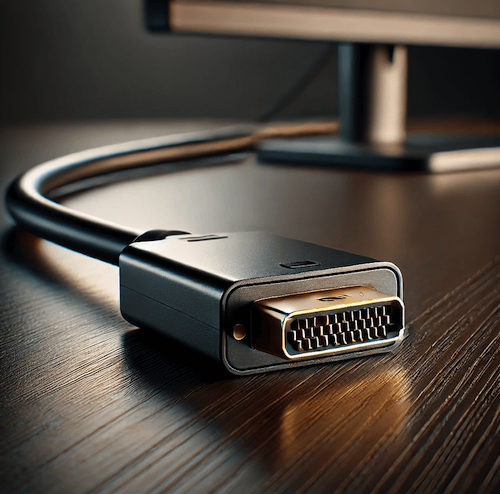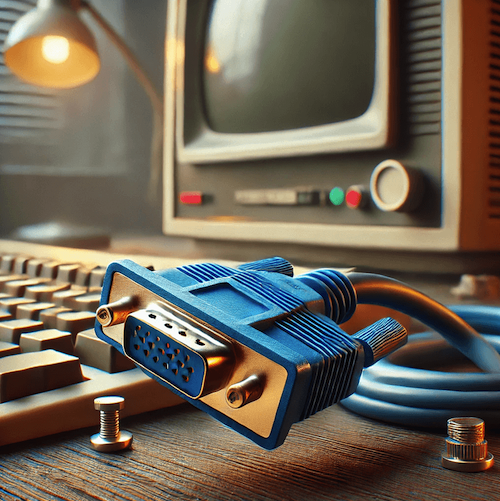Best Linux laptops in comparison
Your perfect Linux laptop: Lenovo or HP – together we'll find it! Imagine opening the box of your new laptop, excited to install Linux on it. Pe...

In the world of modern technology, consumers are often faced with the question: Which display connection for my monitor is best suited to my device and my needs? Whether for gaming, home entertainment, or professional applications – choosing the right connection can make a big difference. In this article, we compare the four most common standards: DisplayPort, HDMI, VGA, and DVI, and highlight their advantages and disadvantages. This way, you're guaranteed to find the right solution!

When it comes to performance, future-proofing, and flexibility, DisplayPort is the clear winner. It offers the highest bandwidth, supports multiple displays, and is suitable for both gaming and professional applications.
However, for home theater enthusiasts and casual gamers, HDMI remains the best choice because of its ease of use and universality.
Tip: Before you buy, consider your monitor connection requirements. This way, you can ensure you choose the optimal connection for your setup!
|
feature |
DisplayPort |
HDMI |
VGA |
DVI |
|
Recommended for |
Pupils (IT projects, gaming), students (technology) |
Students (home cinema, consoles), business presentations |
Students (older devices), companies with old devices |
Business users, students with older monitors |
|
Year of introduction |
2006 |
2002 |
1987 |
1999 |
|
Signal type |
Digital |
Digital |
Analog |
Digital/Analog |
|
Max. resolution |
8K @ 60 Hz |
8K @ 60 Hz |
Full HD |
2560x1600 (Dual Link) |
|
Audio transmission |
Yes |
Yes |
No |
No |
|
Possible applications |
Perfect for IT professionals, gamers, multitasking (daisy-chaining) |
Ideal for home entertainment and presentations |
Good for older PCs or projectors |
Suitable for hybrid systems (HDMI adaptation) |
|
Cost factor |
Medium to high |
Low to medium |
Small amount |
Medium |
|
flexibility |
Supports multiple monitors simultaneously |
Widely compatible with consoles and TVs |
Not very flexible |
Adaptable to HDMI |

DisplayPort was introduced in 2006 and is considered one of the most modern standards. Originally developed for use in PCs, it can now be found in high-end gaming graphics cards, monitors, and laptops. Its compact design and high transfer rates make it a favorite among many professionals.
DisplayPort is ideal for tech enthusiasts, gamers, and professional users seeking the highest quality and future-proof technology. HDMI (High Definition Multimedia Interface) was developed in 2002 and is now the standard in consumer electronics. Whether it's TVs, consoles, or home theater systems – HDMI is everywhere.
HDMI is the best choice for home entertainment systems, TVs, and consoles. It scores points for its ease of use and broad device support.

The VGA (Video Graphics Array) connector is the oldest standard on this list, introduced in 1987. Although it is technically obsolete, it is still commonly found on older devices.
Conclusion
VGA is only suitable for older devices or emergency solutions. Digital standards are preferable for modern applications.
DVI (Digital Visual Interface) was developed as the first purely digital interface for image transmission. The standard also offers a hybrid version (DVI-I) that supports analog signals.
DVI is well-suited for older monitors or systems that don't yet support HDMI. However, there are better alternatives for modern applications. You can find our new article on sustainability with branded IT hardware in the global economy here.